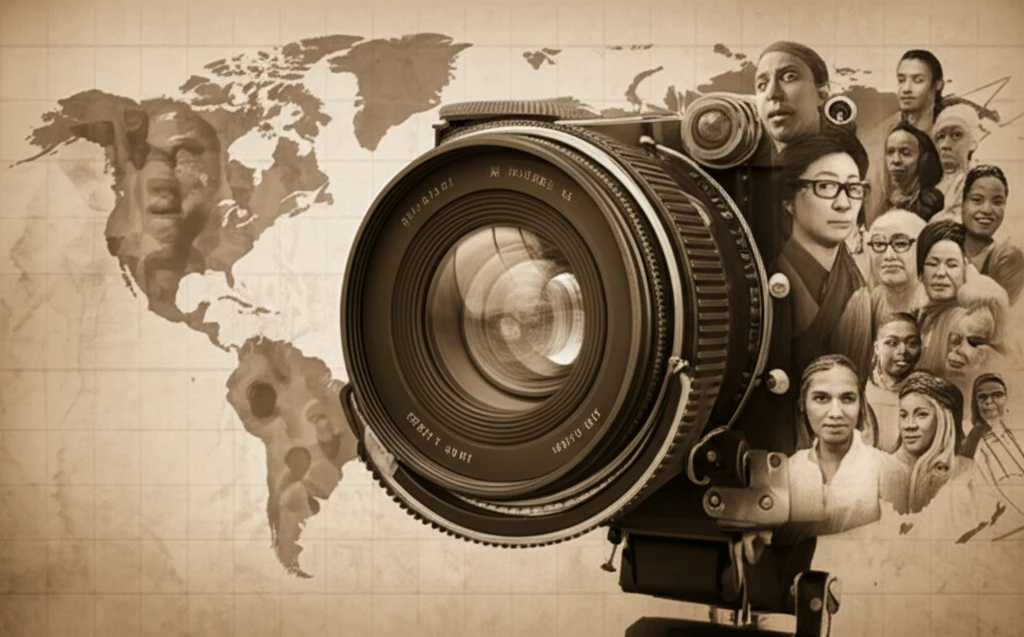
Unearthing the Past: How Early Media Technologies Shaped Our Understanding of Culture and Race
"Explore the surprising origins of modern media in ethnographic research and its lasting impact on how we perceive different cultures."
In an era dominated by digital media, it's easy to forget that our technologies have deep roots in the past. What if the tools we use to connect and understand each other were initially developed with a very different purpose in mind? This article delves into the fascinating and often unsettling history of early media technologies, tracing their origins to the world of 19th-century ethnographic research.
Imagine a time when the world felt vast and unknown, and anthropologists ventured into remote corners to document cultures believed to be on the brink of extinction. Driven by a sense of urgency and a desire to preserve what they saw as 'primitive' ways of life, these researchers turned to emerging technologies like photography, audio recording, and film. But what were the unintended consequences of these efforts?
This is the story of how the tools meant to preserve cultural heritage inadvertently played a role in reinforcing racial biases and shaping our understanding of different societies. As we unravel this history, we'll examine how these early media technologies continue to influence our perceptions today.
Salvage Ethnography: A Race Against Time

In the late 19th and early 20th centuries, a concept known as 'salvage ethnography' took hold. The idea was that many 'primitive' cultures were rapidly disappearing due to Western expansion and modernization. Anthropologists felt a responsibility to document these cultures before they vanished, preserving their languages, customs, and traditions for future generations.
- Phonetic Alphabet: Creating phonetic alphabets to document and standardize indigenous languages.
- Photography: Using photography to document physical appearance and cultural practices.
- Audio Recordings: Recording speech and songs to preserve languages and traditions.
- Film: Capturing movement, rituals, and daily life.
The Enduring Legacy: Reflecting on Our Media Landscape
As we navigate the complexities of our modern media landscape, it's essential to remember the historical context in which these technologies emerged. The biases and assumptions of the past continue to shape our perceptions today. By understanding the origins of media technology in ethnographic research, we can critically evaluate the images, sounds, and stories that surround us. We can work to create a more equitable and inclusive media landscape that respects the diversity of human experience.
